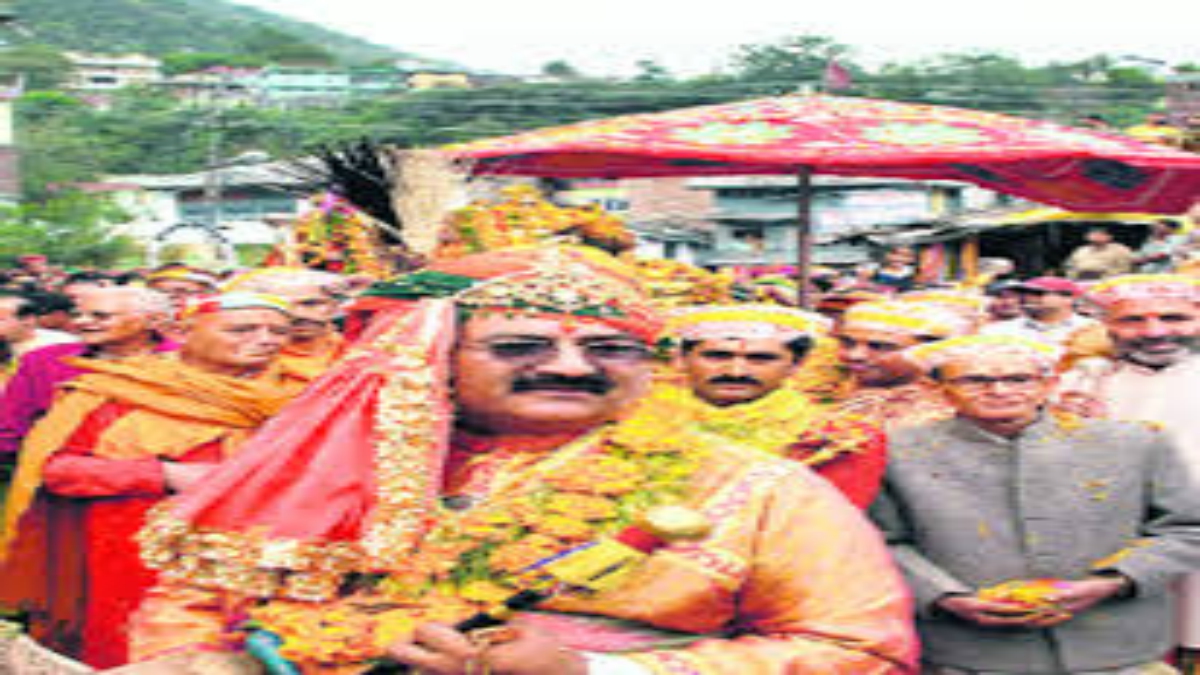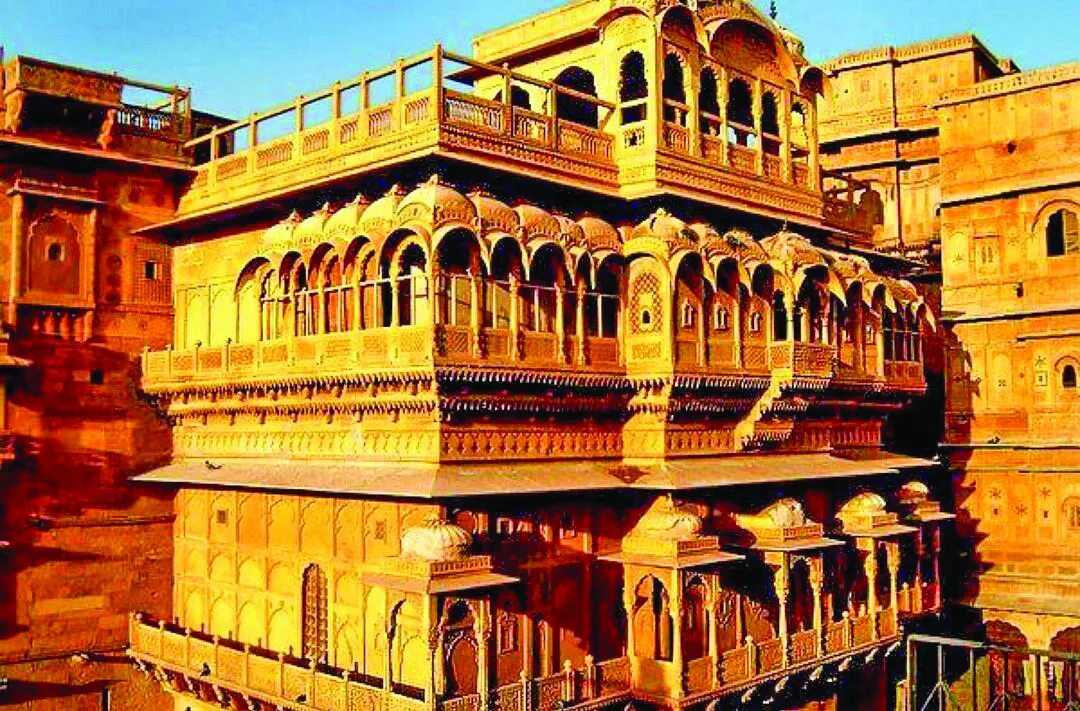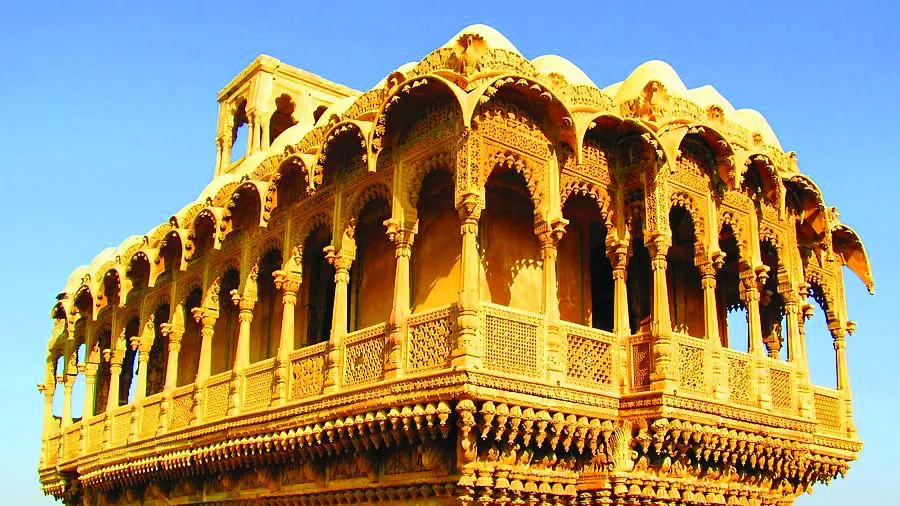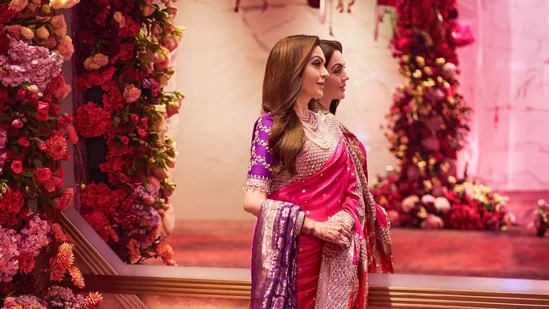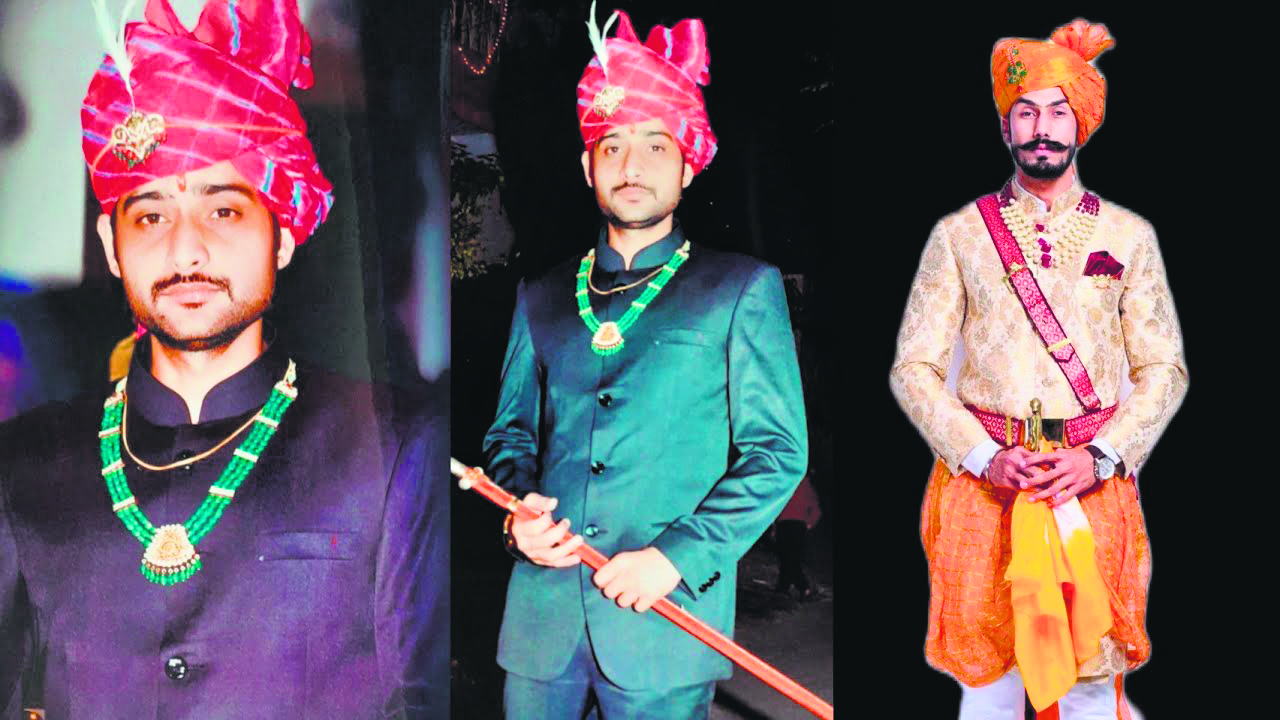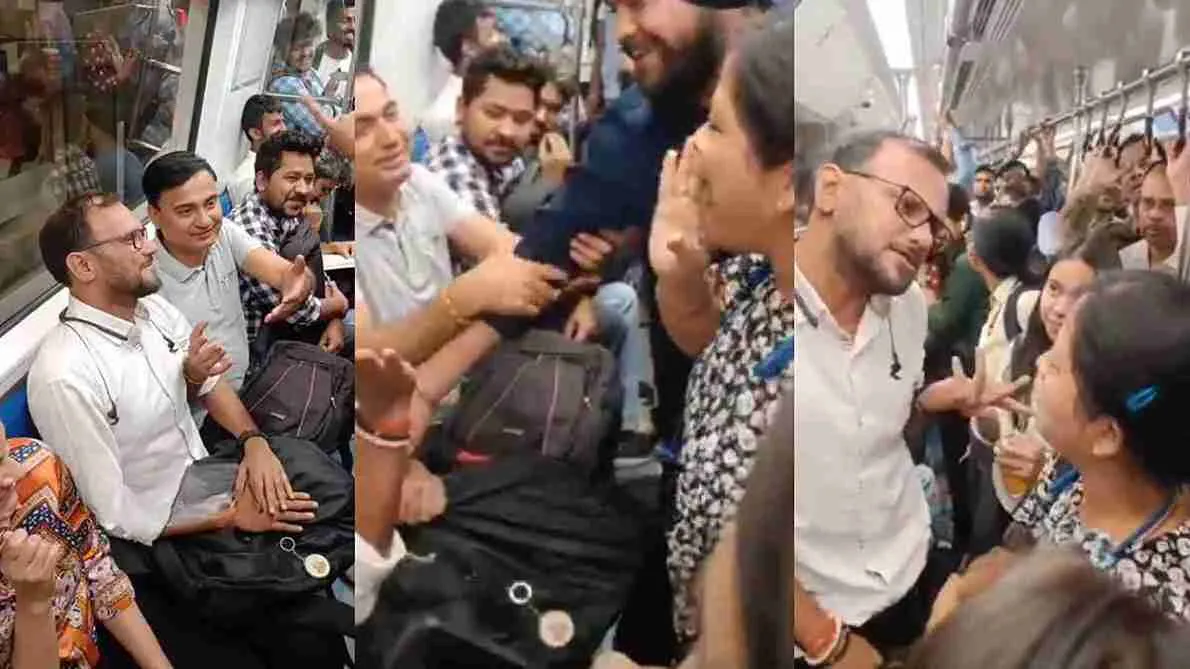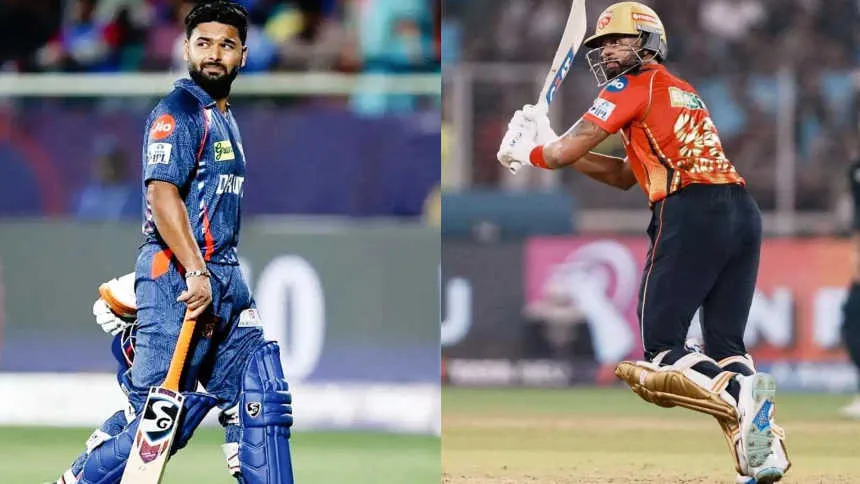Once upon a time, the then Raja of Kullu erroneously convicted a holy man of royal intrigue. His misjudgment cost the innocent victim his life through self-immolation, and until his very last breath, the burning man cursed the Raja for his haughtiness. In lieu of insulting him, the puritan vindictively prophesied the entire royal dynasty to be doomed. And sure enough, Karma caught up with the Raja’s misdeeds.
All vitality drained out of his body, and his skin began to fester at an alarming rate. Petrified by his downfall, the Raja urgently solicited the royal priest for divine intervention. Indeed, he had committed blasphemy by wrongly accusing an innocent and virtuous man. His posthumous forgiveness could only be sought by by personally invoking Lord Rama in his birthplace. Without a moment’s delay, the Raja sent his man to clandestinely abduct the Lord from Ayodhya, such that he could be reinstated as the Raja’s guardian in Kullu.
The daring loyalist was successful in lifting the deity off its consecrated birthplace, but just as he was wading through the Sarayu’s waters, a few localities nabbed him. Outraged by the sacrilegious extent of his theft, the people of Ayodhya were close to executing him when he uttered the circumstances that landed him into this grim situation.
Once they were fully apprised of the Raja’s mishaps, Lord Rama’s devotees were filled with empathy and remorse. However, much as they intended to help reverse the royal curse, they couldn’t justify the parting of Lord Rama from his historical birthplace.
They regretfully assembled to take their Lord back to his holy chambers, but what happened next left everyone agape in astonishment. Even though there were many of them, the people of Ayodhya were unable to lift their Lord’s deity in his homeward direction. On the other hand, the Raja’s man didn’t encounter the slightest hitch in carrying him towards the Himalayas. Perhaps, Lord Rama himself was implying divine judgment.
Thus, the stalemate ended with Ayodhya’s priests awarding the Raja’s man with a miniature form of Lord Rama’s deity on two conditions. First, that he be placed upon the throne of Kullu, and the Raja’s dynasty serve their people under the Lord in all humility. And second, that his lineage must never forget the generosity granted upon them by the people of Ayodhya. That Ayodhya’s priests be invoked every Dussehra to conduct the festive rights in Kullu.
Should the King breach either of these two conditions, he could be sure of eternal peril. No sooner had his man returned with the miniature deity than the Raja followed the priests’ commandments.
Under the Lord’s miraculous tutelage, he regained his vitality and spent every remaining day of his life in gratitude. Centuries later, the Raja’s descendants have continued to devoutly adhere to their ancestor’s divine commitments. Every year, they hand out personal invitations to every temple in the Kullu Valley on behalf of Lord Rama, or Lord Raghunath as he is affectionately known, to join them in celebrating the auspicious festivities of Dussehra.
Ayodhya’s designated priests remain the master of ceremonies in a ten-daylong festival that assembles over three hundred deities from all over the region. On Dussehra, which marks the first of the ten days, the divine entourage arrives from their various abodes at Lord Raghunath’s door on foot. Their arrival of these glistening deities on palanquins under fine drapery and flower decks is exalted with beating drums and trumpets. Kullu’s incumbent Raja welcomes them on behalf of the Lord, felicitating the deities before they are carried into the town’s Dhalpur grounds.
All the deities and their accompanying devotees camp at this site for the next ten days such that the visiting pilgrims are able to immerse in veneration to their heart’s content. An elaborate fair is held for these ten days as well, with vendors of fast food & souvenirs flogging the streets. When the day begins to draw to a close, Himachali Nati performances take over and go on until the wee hours. Anyone and everyone who has witnessed this grand affair is likely to remember it for a lifetime.
With the sheer quantum of festive participation, a supernaturally high vibration saturates the air and causes the kundalini or spiritual energy to rise exponentially. In fact, several mystics enter a trance-like state, some swooning, some jumping as if they were on an invisible trampoline. Interestingly, the Kullu Dussehra is perhaps the only one that subtly sidesteps the incineration of Ravana. On the contrary, the festival here culminates into a Rath Yatra presided by Lord Raghunatha and Hadimba Devi.
The sight of them leading a three hundred deities-long divine procession makes for an unmissable sight. Now, one might wonder how deities belonging to two separate epics come together. After all, the Ramayana dates back to the Treta Yuga and Mahabharata to Dwapara. Well, that is one of the many features of the Kullu Dussehra that make it India’s most unique and fascinating celebration of good over evil, love versus hate, and most importantly, of life itself.
Book your stay at Urvashi’s Retreat for the Dussehra experience of a lifetime.

